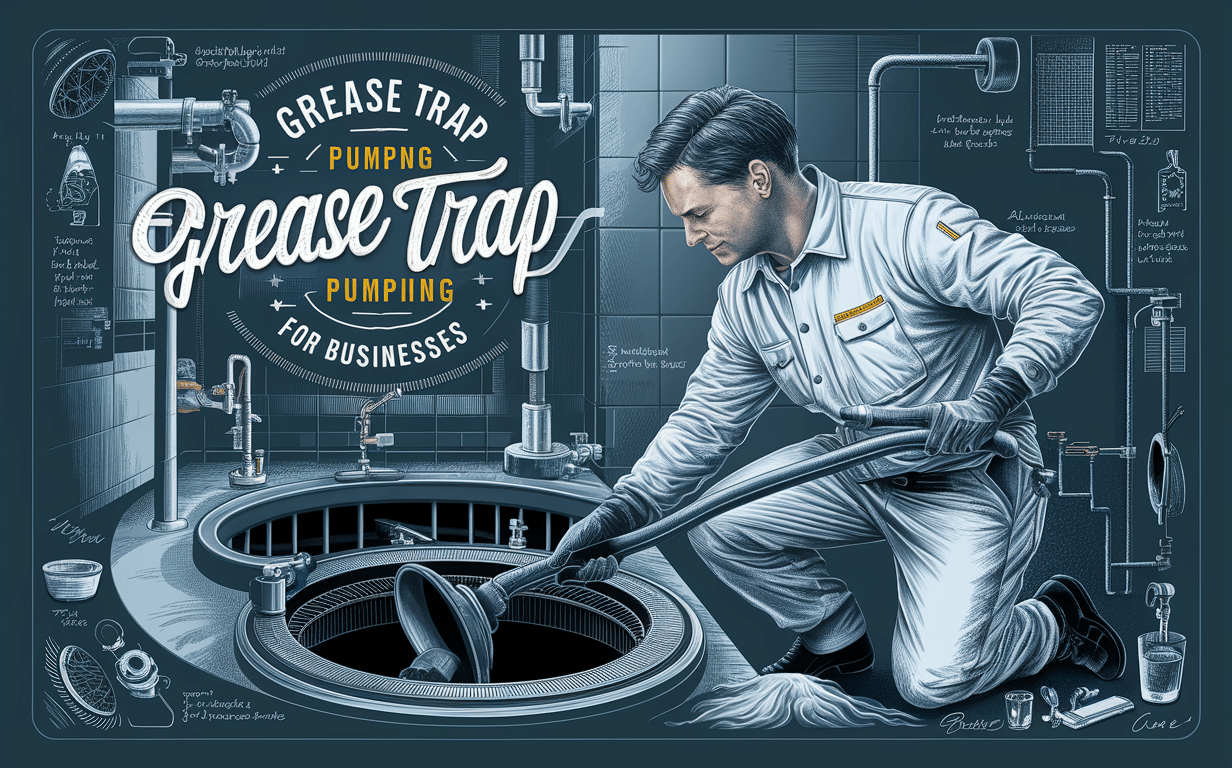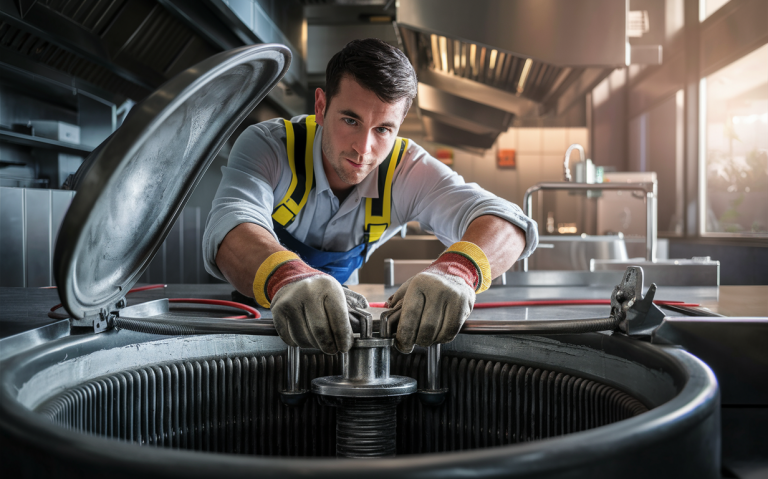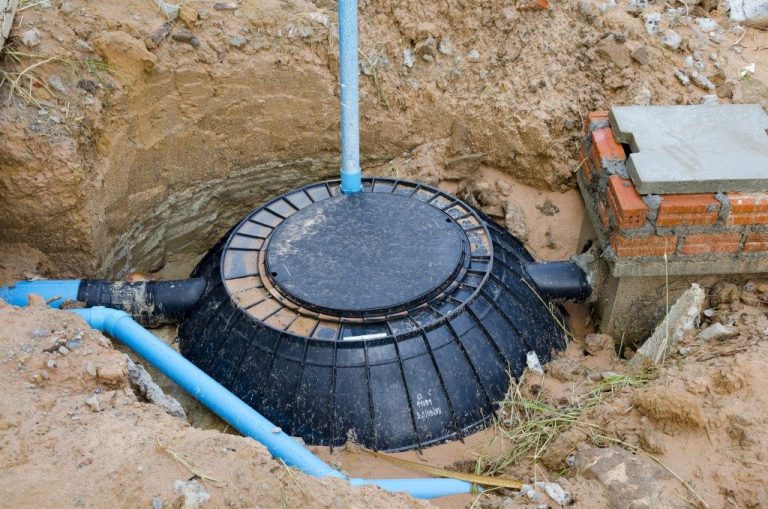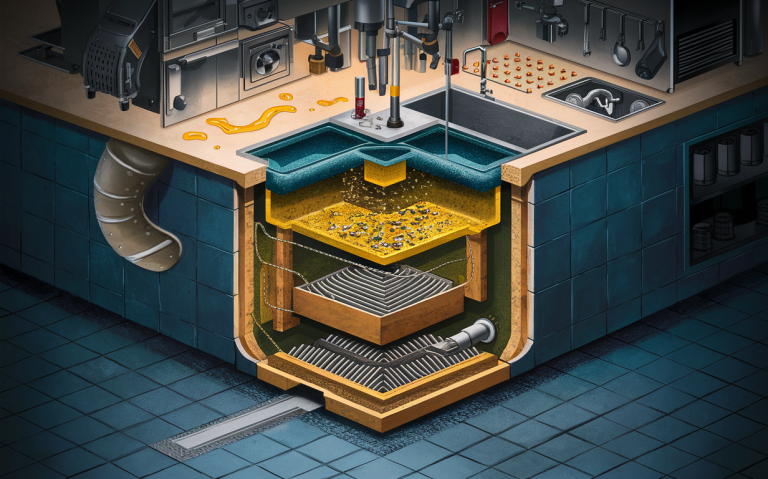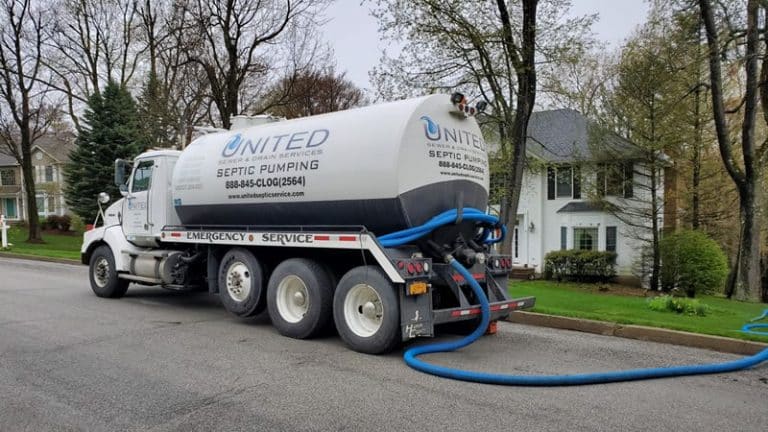Grease Trap Pumping Service: The Key to a Clean, Efficient Kitchen
- Regular grease trap pumping service is essential for maintaining a clean and efficient commercial kitchen.
- Failing to pump your grease trap can lead to clogs, foul odors, and potential fines from health inspectors.
- Grease trap pumping should be done by a professional service with the proper equipment and expertise.
- The frequency of pumping depends on factors such as the size of your grease trap and the volume of your business.
- Proper maintenance, including grease trap pumping, can extend the life of your plumbing system and prevent costly repairs.
As a business owner in the food service industry, you know that maintaining a clean and efficient kitchen is crucial to your success. One often overlooked but critical aspect of kitchen maintenance is regular grease trap pumping. Neglecting this essential task can lead to a host of problems, from foul odors and clogs to potential fines from health inspectors.
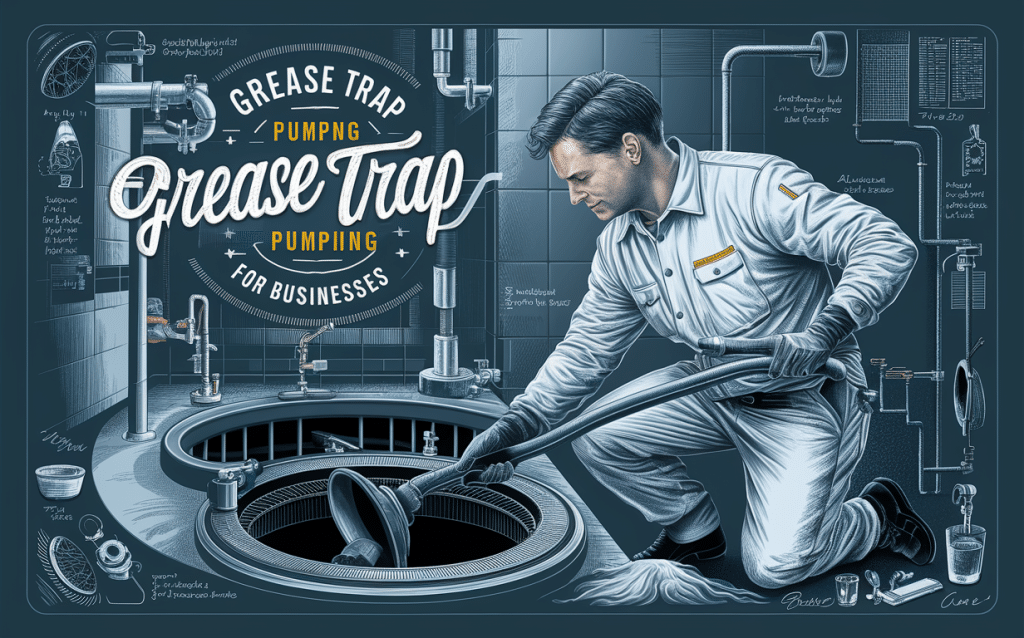
What is a Grease Trap?
A grease trap, also known as a grease interceptor, is a plumbing device designed to capture fats, oils, and grease (FOG) before they enter the main sewer line. These substances can solidify and accumulate over time, causing blockages and backups in your plumbing system. By installing a grease trap, you can prevent these issues and keep your kitchen running smoothly.
Why is Grease Trap Pumping Important?
Regular grease trap pumping is essential for several reasons:
- Prevents Clogs and Backups: As mentioned earlier, FOG can solidify and accumulate in your plumbing system, leading to clogs and backups. By pumping your grease trap regularly, you can remove these substances before they cause problems.
- Reduces Foul Odors: When FOG accumulates in your grease trap, it can start to decompose and produce foul odors. These odors can permeate your kitchen and even your dining area, creating an unpleasant experience for your customers and staff. Regular pumping can help eliminate these odors.
- Complies with Regulations: Most local health departments require food service establishments to maintain their grease traps and provide proof of regular pumping. Failing to comply with these regulations can result in fines and even closure of your business.
- Extends the Life of Your Plumbing System: By preventing clogs and backups, regular grease trap pumping can help extend the life of your plumbing system. This can save you money on costly repairs and replacements in the long run.
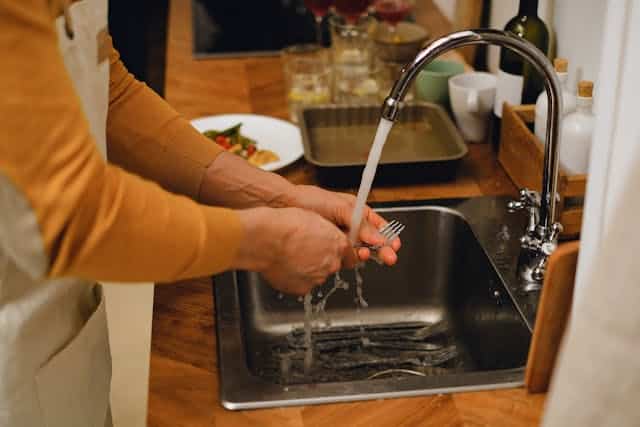
How Often Should You Pump Your Grease Trap?
The frequency of grease trap pumping depends on several factors, including:
- The size of your grease trap
- The volume of your business
- The type of food you serve
- Local regulations
As a general rule, most businesses should have their grease traps pumped every 1-3 months. However, some businesses may need more frequent pumping, while others may be able to go longer between pumpings. It’s important to work with a professional grease trap pumping service to determine the best schedule for your business.
| Grease Trap Size (gallons) | Pumping Frequency |
|---|---|
| 500 | Every 1-2 months |
| 1000 | Every 2-3 months |
| 1500 | Every 3-4 months |
| 2000+ | Every 4-6 months |
Choosing a Grease Trap Pumping Service
When choosing a grease trap pumping service, there are several factors to consider:
- Experience: Look for a company with experience in servicing commercial grease traps. They should be familiar with local regulations and have a track record of success.
- Equipment: Make sure the company has the proper equipment to pump your grease trap thoroughly and efficiently. This should include a vacuum truck with a high-capacity tank and a high-powered pump.
- Disposal: Ask how the company disposes of the waste they remove from your grease trap. They should follow all local and state regulations for proper disposal.
- Pricing: Get quotes from several companies to ensure you’re getting a fair price for the service. However, don’t choose a company based solely on price. Quality and experience should be your top priorities.
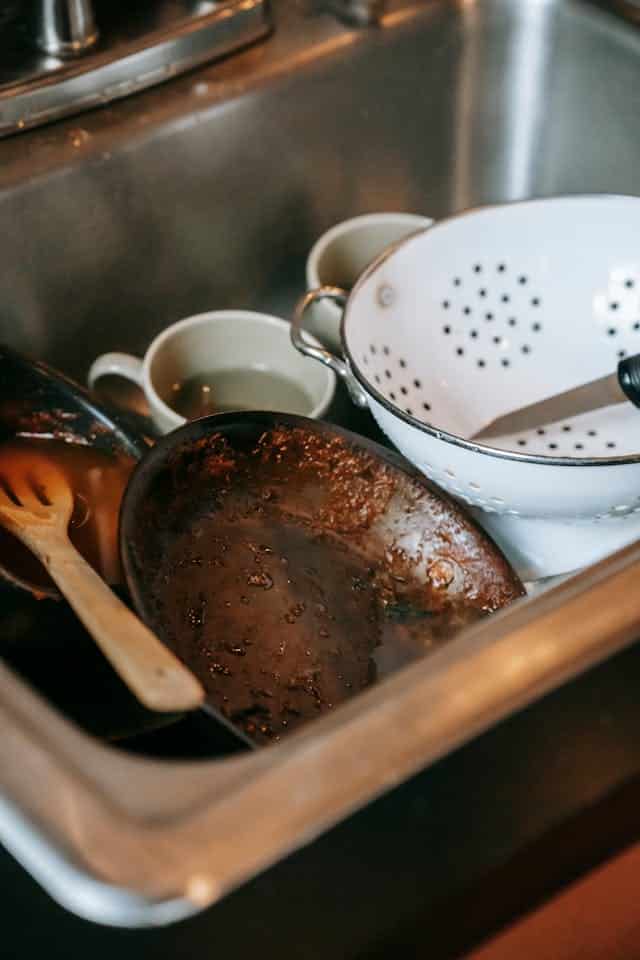
What to Expect During Grease Trap Pumping
When a professional grease trap pumping service arrives at your business, they will typically follow these steps:
- Locate your grease trap and remove the lid.
- Use a vacuum truck to remove the waste from the trap.
- Scrape the sides and bottom of the trap to remove any remaining FOG.
- Inspect the trap for any damage or signs of wear.
- Replace the lid and ensure it is properly sealed.
The entire process usually takes less than an hour, depending on the size of your grease trap and the amount of waste that needs to be removed.
Maintaining Your Grease Trap Between Pumpings
While regular pumping is essential, there are also steps you can take to maintain your grease trap between pumpings:
- Scrape plates and cookware before washing to remove as much FOG as possible.
- Use strainers in your sinks to catch food particles and prevent them from entering the grease trap.
- Avoid putting anything other than water down your drains, including coffee grounds, egg shells, and non-food items.
- Train your staff on proper grease trap maintenance and the importance of regular pumping.
By following these steps, you can help extend the life of your grease trap and reduce the frequency of pumping.
The Benefits of Regular Grease Trap Pumping
In addition to preventing clogs and complying with regulations, regular grease trap pumping can provide several other benefits for your business:
- Improved Efficiency: When your grease trap is full, it can slow down your plumbing system and make it less efficient. By pumping your trap regularly, you can keep your plumbing running smoothly and efficiently.
- Better Sanitation: A full grease trap can harbor bacteria and other harmful microorganisms. Regular pumping can help keep your kitchen sanitary and reduce the risk of foodborne illness.
- Enhanced Reputation: Customers appreciate a clean and well-maintained restaurant. By investing in regular grease trap pumping, you can show your commitment to cleanliness and quality, enhancing your reputation in the community.
- Cost Savings: While regular pumping does come with a cost, it can actually save you money in the long run by preventing costly repairs and downtime due to clogs and backups.

Conclusion
Grease trap pumping may not be the most glamorous aspect of running a food service business, but it is essential for maintaining a clean, efficient, and compliant kitchen. By working with a professional grease trap pumping service and following proper maintenance practices, you can keep your plumbing system running smoothly and avoid costly problems down the line.
Remember, neglecting your grease trap can lead to:
- Clogs and backups
- Foul odors
- Health code violations
- Costly repairs
Don’t let these issues derail your business. Invest in regular grease trap pumping and enjoy the benefits of a well-maintained kitchen.
If you’d like to receive a quote to grease trap pumping service please give us a call (888) 845-2564 or fill out our contact form and we’ll get right back to you.

